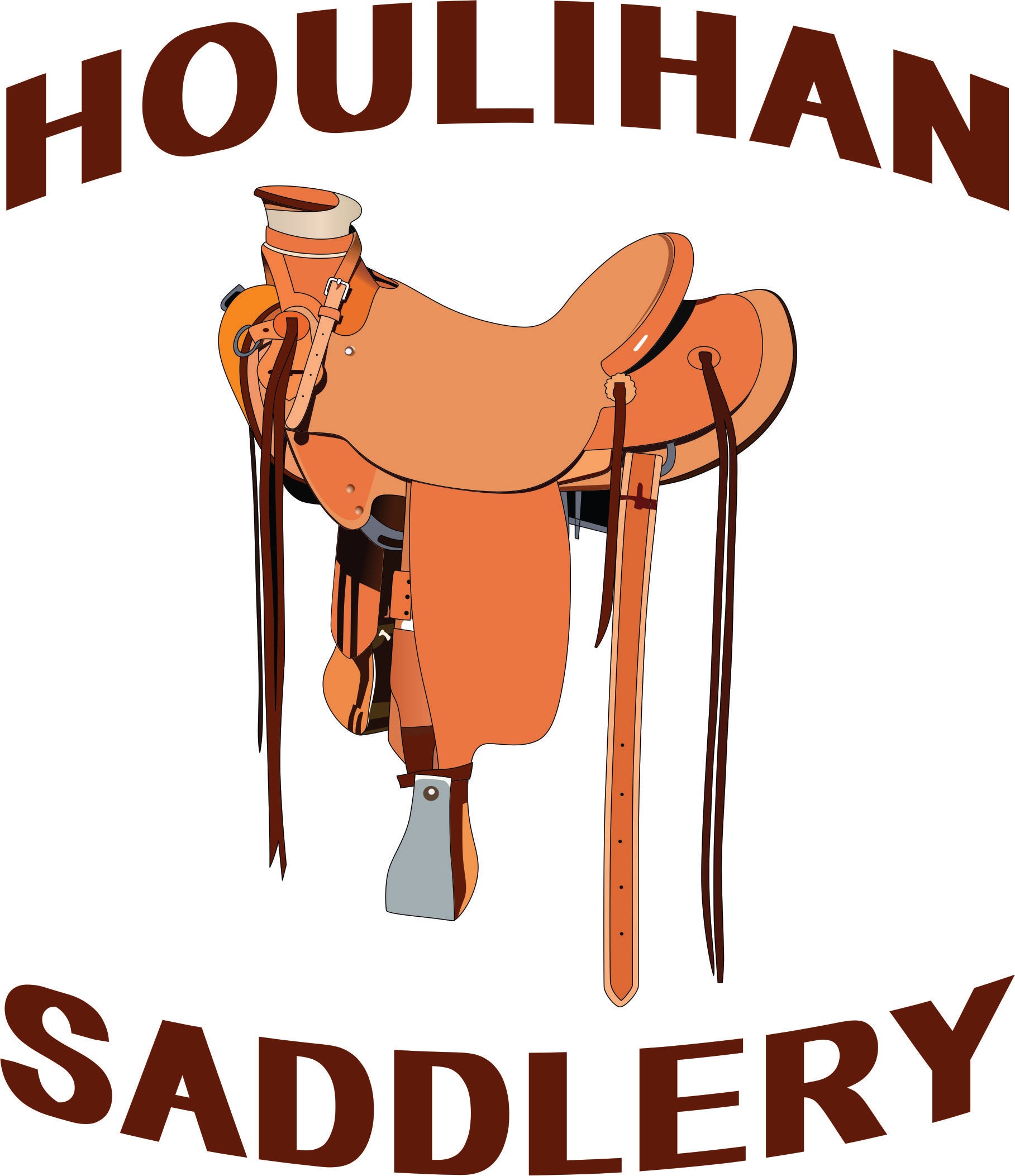MERCK ANIMAL HEALTH
Intervet Inc.
2 GIRALDA FARMS, MADISON, NJ, 07940
Customer Service: 800-521-5767
Order Desk: 800-648-2118
Technical Service (Companion Animal): 800-224-5318
Technical Service (Livestock): 800-211-3573
Fax: 973-937-5557
Website: www.merck-animal-health-usa.com
THIS SERVICE AND DATA ARE PROVIDED "AS IS". DVMetrics assumes no liability, and each user assumes full risk, responsibility, and liability, related to its use of the DVMetrics service and data. See the Terms of Use for further details.
panacur®
Intervet/Merck Animal Health
(fenbendazole)
25 gram
Paste 10% (100 mg/g) Equine Dewormer
DESCRIPTION:
Panacur® (fenbendazole) Paste 10% contains the active anthelmintic, fenbendazole. The chemical name of fenbendazole is methyl 5-(phenylthio)-2-benzimidazole carbamate.
The chemical structure is:
Each gram of Panacur® Paste 10% contains 100 mg of fenbendazole and is flavored with artificial apple-cinnamon liquid.
ACTIONS:
The antiparasitic action of Panacur® Paste 10% is believed to be due to the inhibition of energy metabolism in the parasite.
INDICATIONS:
Panacur® Paste 10% is indicated for the treatment and control of large strongyles (Strongylus edentatus, S. equinus, S. vulgaris), encysted early 3rd stage (hyobiotic), late 3rd stage and 4th stage cyathostome larvae, small strongyles, pinworms (Oxyuris equi), ascarids (Parascaris equorum), and for the control of arteritis caused by 4th stage larvae of Strongylus vulgaris in horses.
PRECAUTIONS:
Side effects associated with Panacur® Paste 10% could not be established in well-controlled safety studies in horses with single doses as high as 454 mg/lb (1,000 mg/kg) and 15 consecutive daily doses of 22.7 mg/lb (50 mg/kg). Particularly with higher doses, the lethal action of fenbendazole may cause the release of antigens by the dying parasites. This phenomenon may result in either a local or systemic hypersensitivity reaction. As with any drug, these reactions should be treated symptomatically.
Panacur® Paste 10% has been evaluated for safety in pregnant mares during all stages of gestation with doses as high as 11.4 mg/lb (25 mg/kg) and in stallions with doses as high as 11.4 mg/lb (25 mg/kg). No adverse effects on reproduction were detected. The recommended dose for control of 4th stage Strongylus vulgaris larvae, 4.6 mg/lb (10 mg/kg) daily for 5 consecutive days, has not been evaluated for safety in stallions or pregnant mares.
WARNINGS: NOT FOR USE IN HUMANS. KEEP OUT OF REACH OF CHILDREN. The Safety Data Sheet (SDS) contains more detailed occupational safety information. For customer service, adverse effects reporting, and/or a copy of the SDS, call 1-800-211-3573. For additional information about adverse drug experience reporting for animal drugs, contact FDA at 1-888-FDAVETS, or http://www.fda.gov/reportanimalae.
OTHER WARNINGS: Do not use in horses intended for human consumption.
Parasite resistance may develop to any dewormer, and has been reported for most classes of dewormers. Treatment with a dewormer used in conjunction with parasite management practices appropriate to the geographic area and the animal(s) to be treated may slow the development of parasite resistance. Fecal examinations or other diagnostic tests and parasite management history should be used to determine if the product is appropriate for the herd, prior to the use of any dewormer. Following the use of any dewormer, effectiveness of treatment should be monitored (for example, with the use of a fecal egg count reduction test or another appropriate method). A decrease in a drug’s effectiveness over time as calculated by fecal egg count reduction tests may indicate the development of resistance to the dewormer administered. Your parasite management plan should be adjusted accordingly based on regular monitoring.
DOSAGE:
For foals and weanlings (less than 18 months of age) where ascarids are a common problem, the recommended dose is 4.6 mg/lb (10 mg/kg); one syringe will deworm a 550 lb horse.
For the control of large strongyles, small strongyles, and pinworms, the recommended dose is 2.3 mg/lb (5 mg/kg). One syringe will deworm a 1,100 lb horse.
For control of hypobiotic (encysted early 3rd stage), late 3rd stage, and 4th stage cyathostome larvae, as well as 4th stage Strongylus vulgaris larvae, the recommended dose is 4.6 mg/lb (10 mg/kg) daily for 5 consecutive days; administer one syringe for each 550 lb body weight per day.
Do not underdose. Ensure each animal receives a complete dose based on a current body weight. Underdosing may result in ineffective treatment, and encourage the development of parasite resistance.
DIRECTIONS FOR USE:
1. Determine the weight of the horse.
2. Remove syringe tip.
3. Turn the dial ring until the edge of the ring nearest the tip lines up with zero.
4. Depress plunger to advance paste to tip.
5. Set the dial ring at the graduation nearest the weight of the horse for the dosage rate of 5 mg/kg. For the dosage rate of 10 mg/kg, set the dial ring at two times (double) the horse’s weight.
6. Horse’s mouth must be free of food.
7. Insert nozzle of syringe through the interdental space and deposit the paste on the back of the tongue by depressing the plunger.
CONSULT YOUR VETERINARIAN FOR ASSISTANCE IN THE DIAGNOSIS, TREATMENT AND CONTROL OF PARASITISM.
HOW SUPPLIED:
Panacur® Paste 10% Equine Dewormer is supplied in 25 gram syringes.
Store at or below 25°C (77°F).
Fenbendazole (active ingred.) made in China. Formulated in France.
Distributed by:
Intervet Inc. (d/b/a Merck Animal Health), Madison, NJ 07940
Approved by FDA under NADA #120-648
©2020 Intervet Inc., a subsidiary of Merck & Co. Inc.
Net Wt.
25 g (0.88 oz)
Rev. 8/21 380930 R14
364939 R12 8/21
CPN: 1047340.3



















